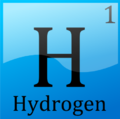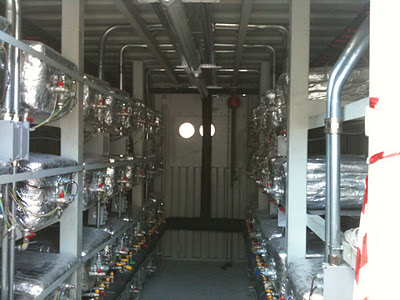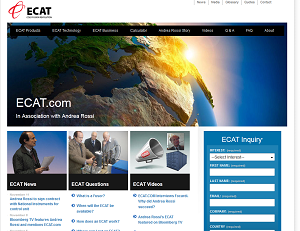 Imagine a world with clean and renewable sources of energy. Now imagine the source of this energy is in the air you breathe and in the water your drink.
Imagine a world with clean and renewable sources of energy. Now imagine the source of this energy is in the air you breathe and in the water your drink.
Hydrogen is the most abundant and the most basic element in the universe. A hydrogen atom contains a single electron and a single proton. Like many elements, hydrogen is very stable in its ground state, or at its state of lowest energy. Theoretically, if a hydrogen atom where to shrink and reach an even lower level of energy, a release of some excess energy would occur.
According to Dr. Randell Mills, when a hydrogen atom collides with certain other atoms or ions, it can transfer a quantity of energy to the other atom, shrinking at the same time, creating a so-called “hydrino” in the process. The atom that it collided with is called the “catalyst”, as it helps the hydrino shrink. Once a hydrino has formed, it can shrink even further through collisions with other catalyst atoms or even other hydrinos. Each successive collision results in further shrinkage and each level of shrinkage releases more energy than the previous level.
There is speculation that Andrea Rossi and Dr. Sergio Focardi’s Ecat reactor is creating hydrinos through a novel non-radiative transmutation of hydrogen and nanoparticles of nickel into copper with the help of a proprietary catalyst. The result, according to their claims, is a release of excess energy in which their device is used to heat water and produce steam. This steam can then be used to create electricity.
Imagine the possibilities indeed.
Josh Cole, J.D., Contributor
Monthly Archives: November 2011
Ecat Explained by Andrea Rossi
ECat Update

Andrea Rossi introduced his Ecat (short for energy catalyzer) generator in early 2011 as a tabletop device with an output capacity of about 10,000 watts. The generator seemingly uses cold fusion technology to release energy through the fusion of nickel powder and hydrogen through an unknown catalyst.
The Ecat generator produces heat which is used to power essentially a steam engine. The steam engine can drive an electric generator and so convert the mechanical energy into electrical energy.
The potential uses of Rossi’s Ecat generator are nearly limitless. Ecats could be used to power anything from a passenger car to a rocket. Ecats could be used for personal space heating, air-conditioning, and process heating and cooling.
The Ecat does not possess many of the disadvantages of many power sources. The characteristics of Rossi’s generator include:
1. Low initial cost. Less than $500 per kilowatt,
2. Low operating cost. It uses small quantities of cheap nickel and hydrogen and operation is simple,
3. Safe operation. No radioactivity, and experience in working with hydrogen can contain the risks of handling hydrogen,
4. Waste product is copper, made when nickel is transmuted into copper. Air and water pollution are minimal.
5. The system produces low-cost energy (About 1 cent per kilowatt hour or less), and the system is scalable so it could be made available off the grid and placed outside a home.
View the 1 Megawatt Ecat Brochure
ECAT.com launches

The official ECat website (at www.ecat.com) has launched. According to Andrea Rossi, “Yes, it is the website of our North Europe commercial Branch.”
ECAT.com in Association with Andrea Rossi and Leonardo Corporation offers a platform for interested parties in the ECAT technology.
ECAT.com is currently, as the first site in the World, accepting pre-orders of ECAT products through the ECAT inquiry form on the right. These are non binding pre-orders but guarantees new customers a position on the waiting list which will be subject to a first-come first-serve policy.
An Energy Revolution: It's Real
“Most physicists do not believe in our results. Maybe they think we are not able to make experiments, but we are sure we can do it.”
-Sergio Focardi, Co-Inventor of the ECat Energy Catalyzer
